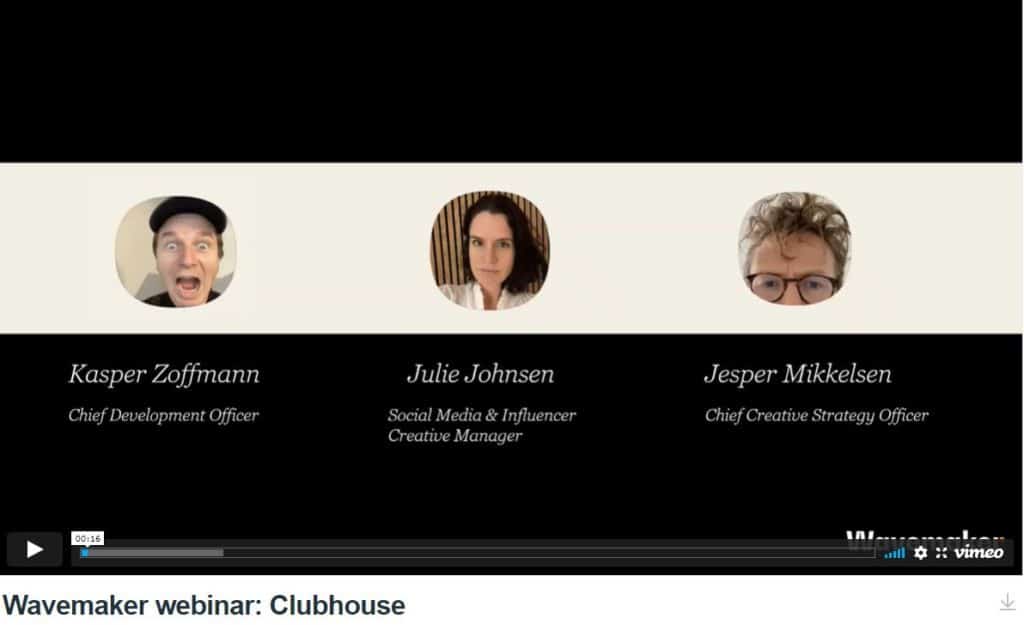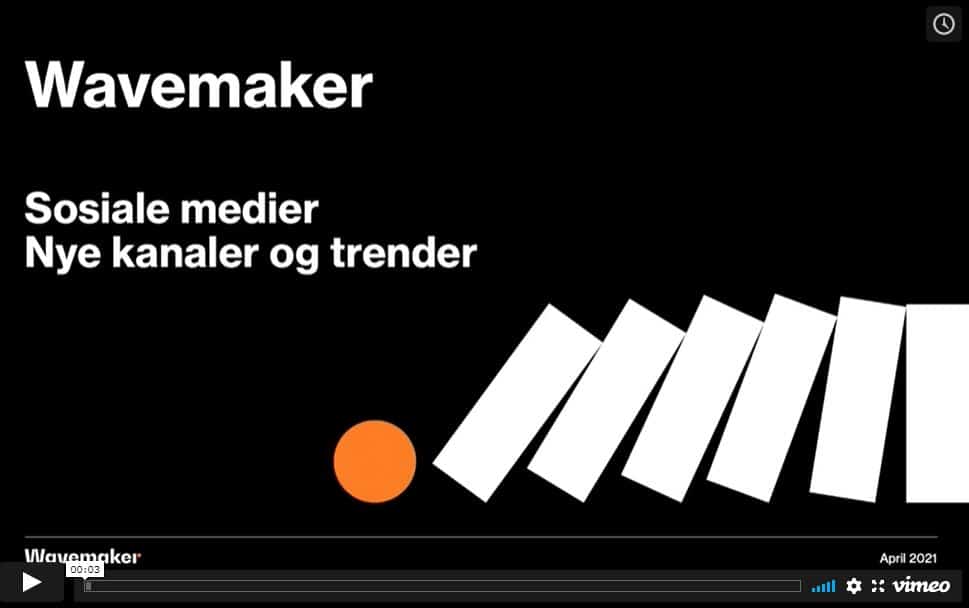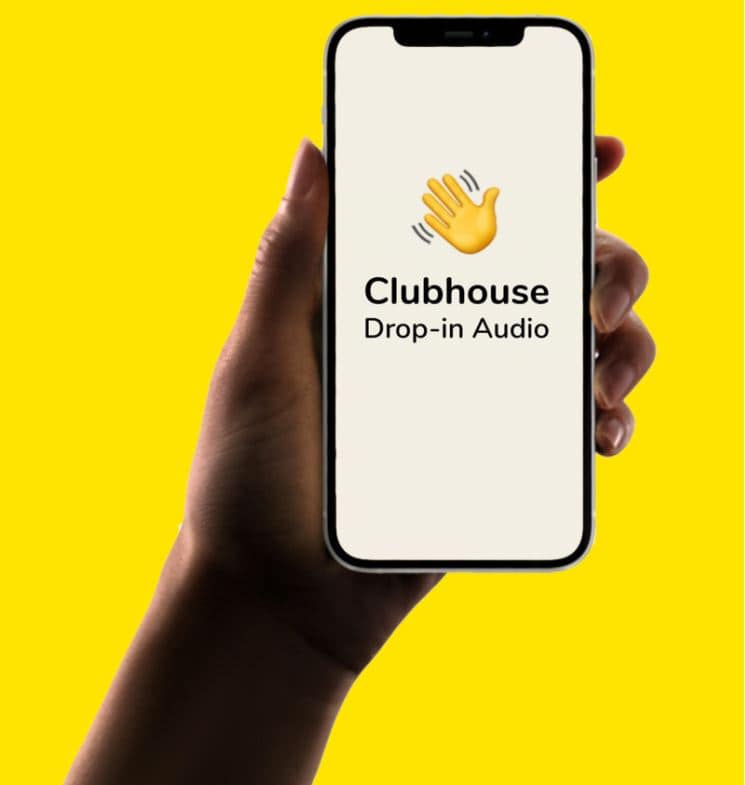A story is only as good as its characters and the same goes for an effective content campaign. The characters in the latter instance might be less charismatic than the Corleones but equally powerful – audiences, insights, context and credibility, distribution and effectiveness. Sometimes these characters come together to create a stellar campaign and sometimes a few stand out while with the rest provide a strong supporting cast. But undeniably, all these characters are important. Award entries are a great place to test this theory, so Maria D’Souza, global partner WM Content, took her chance when she was asked to judge the content awards at Festival of Media Global this year. Here she discusses the trends she observed and a couple of the campaigns that stood out.
Content marketing might not be a new phenomenon, but it is, however ‘living its best life’ right now. The Content Marketing Institute’s latest benchmark report states that investment in this area will continue to grow. This will doubt lead to even more content, an increased competition for attention and even higher consumer expectations for brands to deliver relevant, timely content.
‘One size fits all’ is no longer applicable to content marketing, whether it is video content, a virtual reality experience or even a web page. The wealth of audience data available has made personalisation not only possible but also an imperative weapon in the fight for eyeballs. Understanding what drives an aspiring student versus a millennial mum and creating content that suits each of them, is key to a longer lasting impact.
Recent content campaigns that have delivered engagement at scale, are ones where personalisation is at the heart of the idea. Race TV, a Wavemaker Hungary campaign and a Festival of Media Gold winner is a good example of how brands can bring personalisation to experiences and drive brand relevance for consumers.
The most effective content campaigns are using the right consumer purchase journey insights to identify opportunities where content can influence consumer decisions. ‘Right’ is the operative word here because sometimes the journey from insight to idea is convoluted, disconnected or simply missing. Many FMCG brands seem to have mastered the art of insight. They understand their audience and behaviours very well and know how to create relevant content.
A lot of brands are trying to capitalise on a cultural zeitgeist, issues or moments of relevance just now, to get their audiences’ attention. By aligning themselves with a cause, brands can genuinely drive change and conversation, however the brand fit is important. With the right fit a brand can create a dialogue with its consumers, lift the brand values and bring people closer to the brand. If you’re not sure the cause fits your brand, stay away. Lynx’s Is it OK for Guys is a great example of a brand that uses the right insight, tone of voice, and influencers to participate in a sensitive, but culturally powerful, moment.
What is also becoming increasingly popular is data driven use of media channels and touchpoints woven into the idea itself and indispensable to land the content. The seamless integration of media, tech and content allows for personalisation and contextualisation of creative messages at scale for the benefit of the brand and audience.
The content campaigns doing this best are those where the insight, idea and implementation combine to create a special moment for audiences. One that stands out is the Lotto 6/49 Wishing Upon a Lucky Star. A very simple execution rooted in a strong consumer insight and with a clear call to action. Not only was the idea clever, but they also chose live streaming, the best format possible for its execution.
Lastly, and maybe not surprisingly, the campaigns that resonated the most were ones where the impact on brand was well documented. Views, impressions or likes alone cannot measure effectiveness. Let’s not forget, content marketing is about creativity, about ideas and insights being activated, but clients always expect work to deliver a business outcome and as marketers we must always be able to document that this was achieved before we can call our work a success.
This article first appeared on M&MGlobal.com





